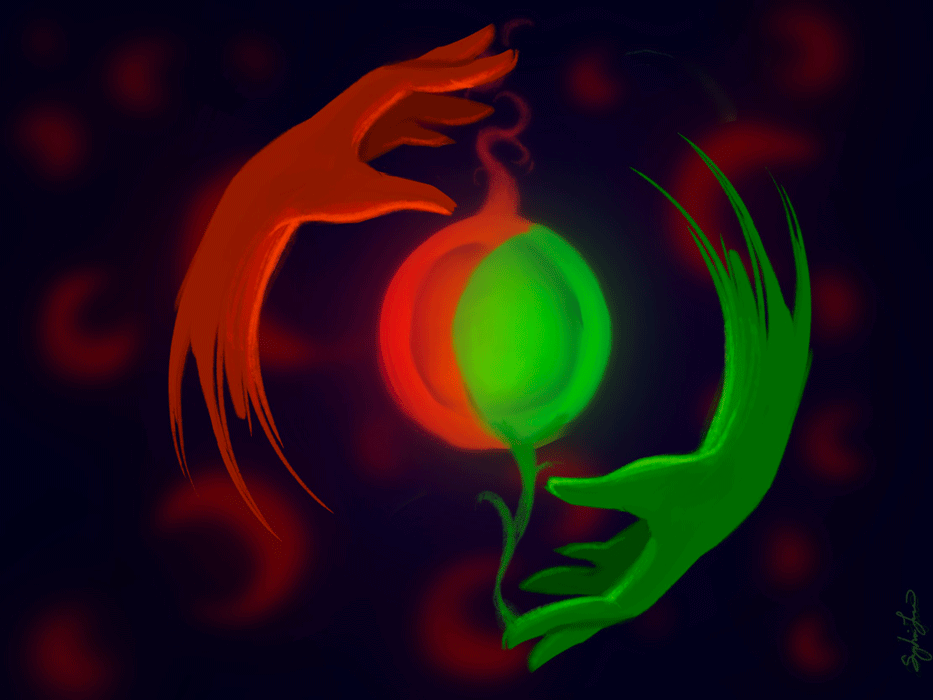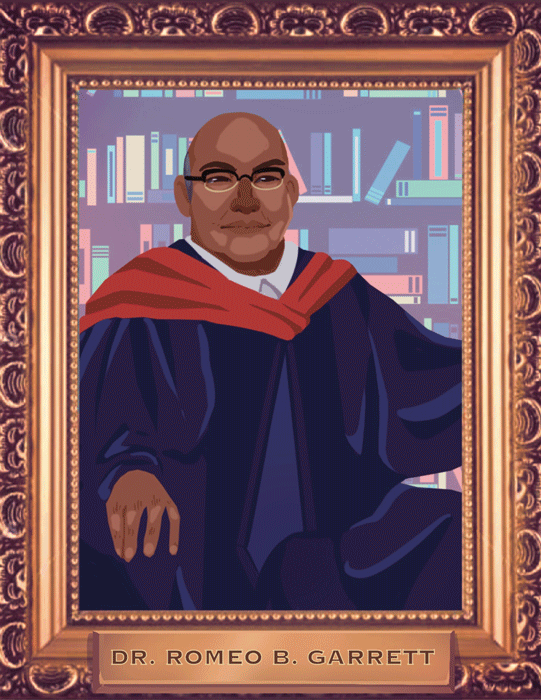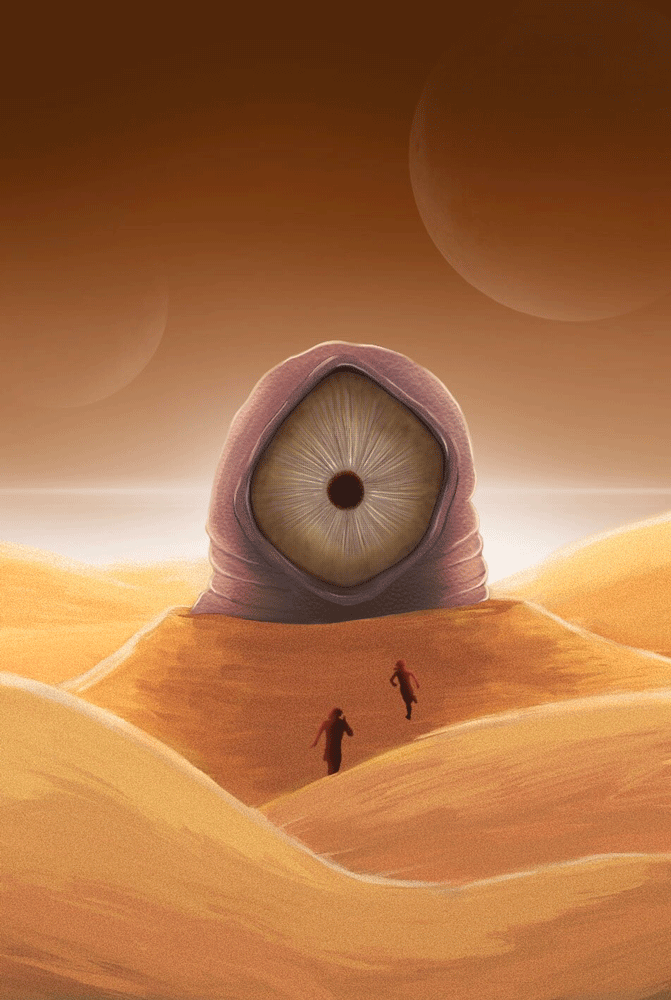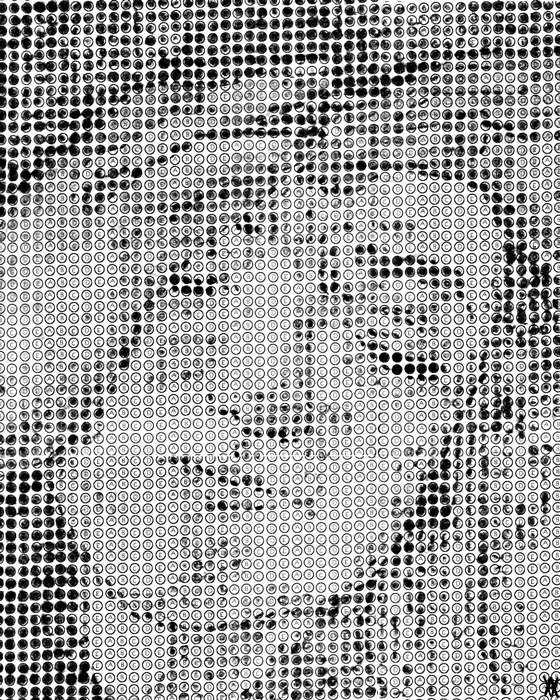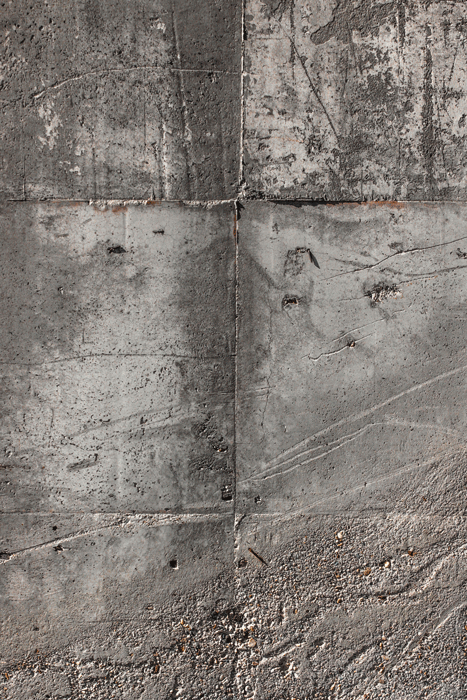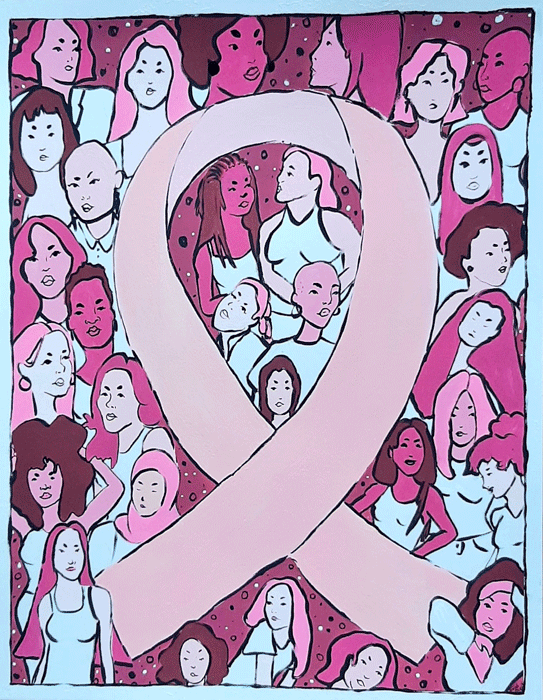The Sticky Sickle Cell Problem
by Emmanuel Agyemang This painful disease disproportionately impacts AfricanAmericans—and there is a simple way you can help. About 1 out of every 13 African Americanbabies are born with sickle cell trait, and about1 in every 365 are born with sickle cell disease(Sickle Cell, MedlinePlus). Sickle cell disease is a “group of inheritedred blood cell disorders …

